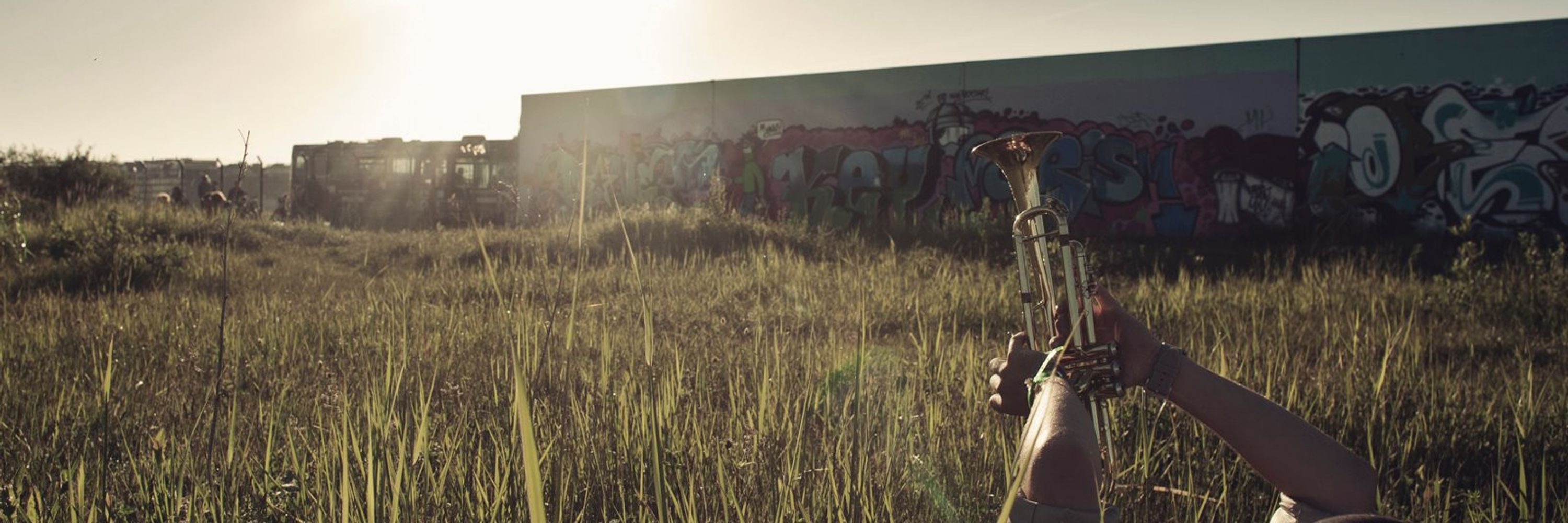
Mostly interested in the mechanisms underlying learning, forgetting, memory formation, and most recently also creativity. And "representational drift".
I have the feeling, you're talking about something completely different. We are talking "representational drift". Not movement detection. How would movement detection account for different responses to the same stimulus on different days?
I have the feeling, you're talking about something completely different. We are talking "representational drift". Not movement detection. How would movement detection account for different responses to the same stimulus on different days?
youtu.be/z63fmYSBcB0
And the excellent article the outreach team wrote for the CRM homepage:
www.crm.cat/why-your-bra...
@crmatematica.bsky.social
🧠🧪

youtu.be/z63fmYSBcB0
And the excellent article the outreach team wrote for the CRM homepage:
www.crm.cat/why-your-bra...
@crmatematica.bsky.social
🧠🧪
If you’re interested, come to our workshop or visit my poster. Looking forward!
@bernsteinneuro.bsky.social
@crmatematica.bsky.social
🧠🧪
If you’re interested, come to our workshop or visit my poster. Looking forward!
@bernsteinneuro.bsky.social
@crmatematica.bsky.social
🧠🧪
Still in collaboration with my old friends Simon Rumpel and Matthias Kaschube, though. 🧠🤝
5/5
Still in collaboration with my old friends Simon Rumpel and Matthias Kaschube, though. 🧠🤝
5/5
4/5
4/5
Without it, the system would lose track. With it, the cognitive map stays intact. 🔄🧠
3/5
Without it, the system would lose track. With it, the cognitive map stays intact. 🔄🧠
3/5
A stable percept can thus emerge from an unstable substrate.
2/5
A stable percept can thus emerge from an unstable substrate.
2/5
Late postdoc stage, though. During my PhD I liked more and closer guidance better (in exchange for less freedom).
Late postdoc stage, though. During my PhD I liked more and closer guidance better (in exchange for less freedom).
I am really excited about all the evidence on learning and manifolds. So much still to be found and understood.
I am really excited about all the evidence on learning and manifolds. So much still to be found and understood.
Manifolds can be mapped, but individual neuronal responses change. That’s neat, but how does it make sense?
How can perception stay stable if the neurons keep changing?
I’m sure manifolds will help us understand that too…
🧠🧪
3/3
Manifolds can be mapped, but individual neuronal responses change. That’s neat, but how does it make sense?
How can perception stay stable if the neurons keep changing?
I’m sure manifolds will help us understand that too…
🧠🧪
3/3
But what about the environment? Either through statistical learning or just similar inputs leading to similar representations: the input/task will shape the manifold, no?
Linear track → linear representation.
Circular color space → ring.
🧠🧪
2/3
But what about the environment? Either through statistical learning or just similar inputs leading to similar representations: the input/task will shape the manifold, no?
Linear track → linear representation.
Circular color space → ring.
🧠🧪
2/3
I do think excitability plays a role and I really like the tuning changes through lateral inhibition.
I'm not sure about the significance of excitability, as already minor synaptic weight changes can cause huge response changes. And synaptic weights change considerably.
I do think excitability plays a role and I really like the tuning changes through lateral inhibition.
I'm not sure about the significance of excitability, as already minor synaptic weight changes can cause huge response changes. And synaptic weights change considerably.

